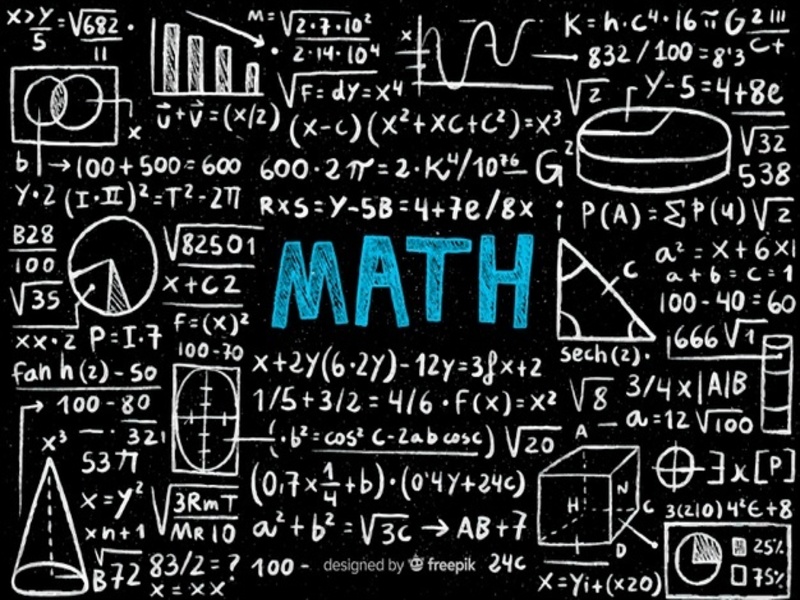What Are The Properties of Log Laws?

By Robert O
Evaluation of logarithmic equations is simple when you know the laws and properties of logarithms. Even that seemingly complex problem can be simple to solve when you know what properties to apply. In this tutorial, we will state all the properties and look at some examples of how to apply them.
What are some of the properties of the algorithm?
Here is a list of basic properties of algorithms:
![]()
![]()
![]()
![]()
![]()
Describe the Product rule
![]()
Example
Evaluate
![]()
Solution
![]()
Rewrite the above problem to apply the product rule.
![]()
![]()
![]()
Explain the Quotient rule
![]()
Example
Evaluate
![]()
Solution
Use quotient rule to evaluate.
![]()
![]()
![]()
What is a Power rule?
![]()
Example
Evaluate
![]()
Solution
![]()
By applying the power rule:
![]()
![]()
![]()
Briefly Explain Change of base rule
![]()
Change of base rule helps in evaluating the logarithms of any base. Notice that your scientific calculation can only evaluate logarithms to the base of ten or base of e. In real-life applications, you may need to work with bases other than ten, and e.
Using the change of base rule, you can convert the logarithm to any base you need to evaluate the problem.
Example 1
Evaluate
![]()
Solution
![]()
Notice how we now have both logs to the same base. Using a calculator, you can evaluate the problem quite easily.
![]()
Example 2
Evaluate
![]()
Solution
Using change of base rule:
![]()
Summary
Below I have listed a few of the log laws
![]()
![]()
![]()
![]()
![]()
Product rule:
![]()
Quotient rule:
![]()
Power rule:
![]()
Change of base rule:
![]()
Remarks
Using logarithm rules make it easy to solve logarithmic equations, as we will see in our next tutorial. You need to know which rule to use in what situation. Power rule, quotient rule, change of base rule, and quotient rule are important in solving algorithmic problems. You only get to master the rules when you use them regularly! So, practicing is not optional.
About the Author
This lesson was prepared by Robert O. He holds a Bachelor of Engineering (B.Eng.) degree in Electrical and electronics engineering. He is a career teacher and headed the department of languages and assumed various leadership roles. He writes for Full Potential Learning Academy.
